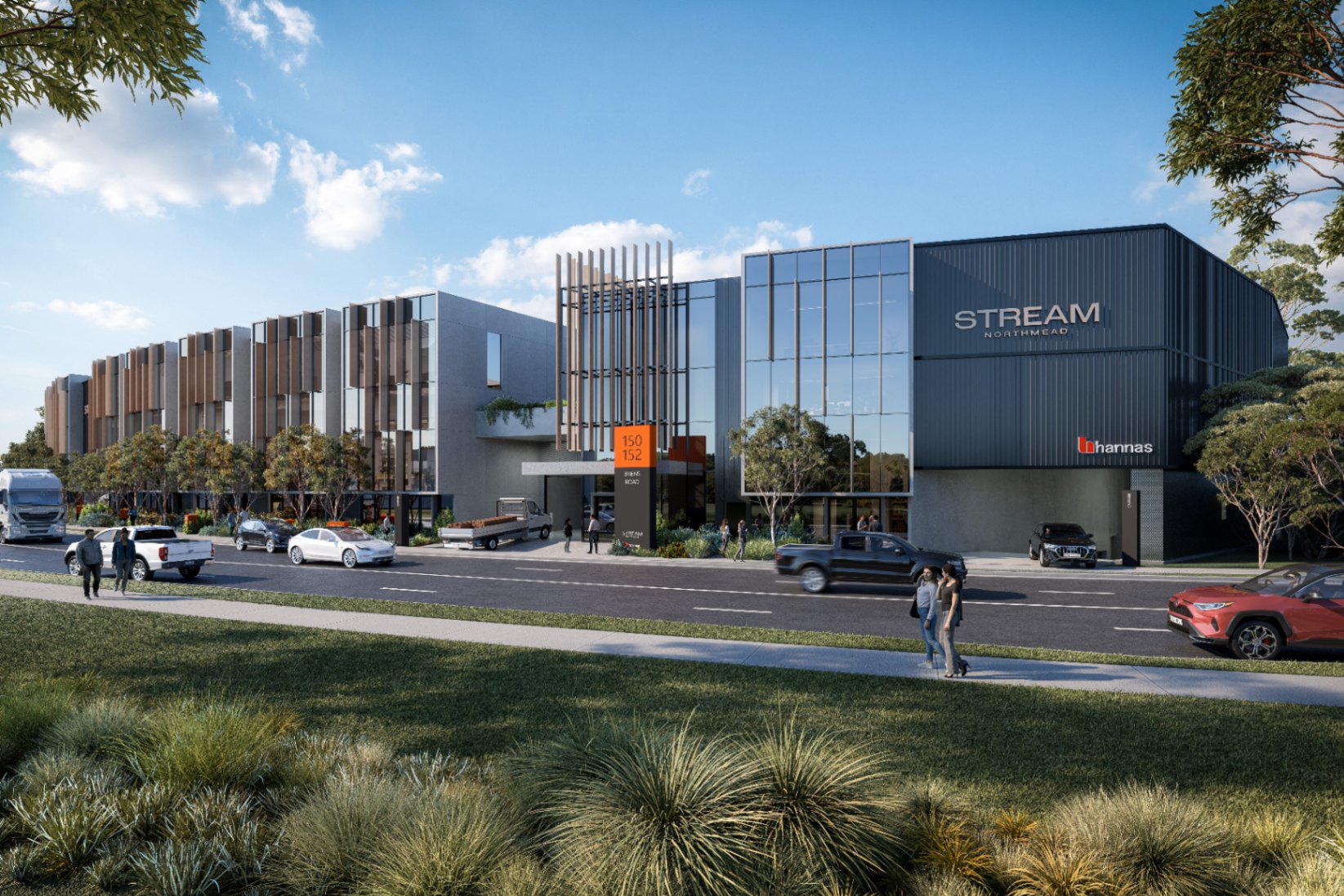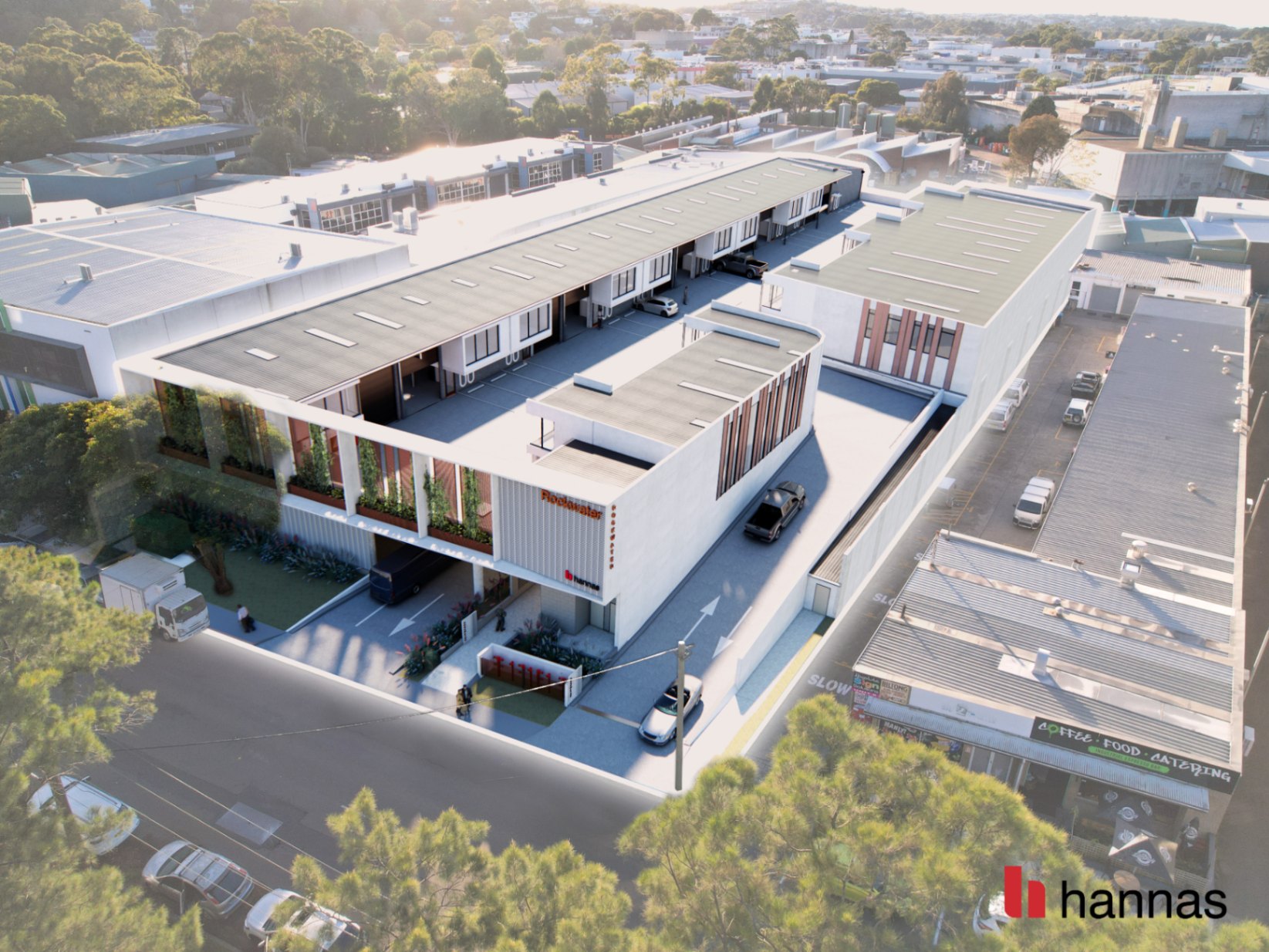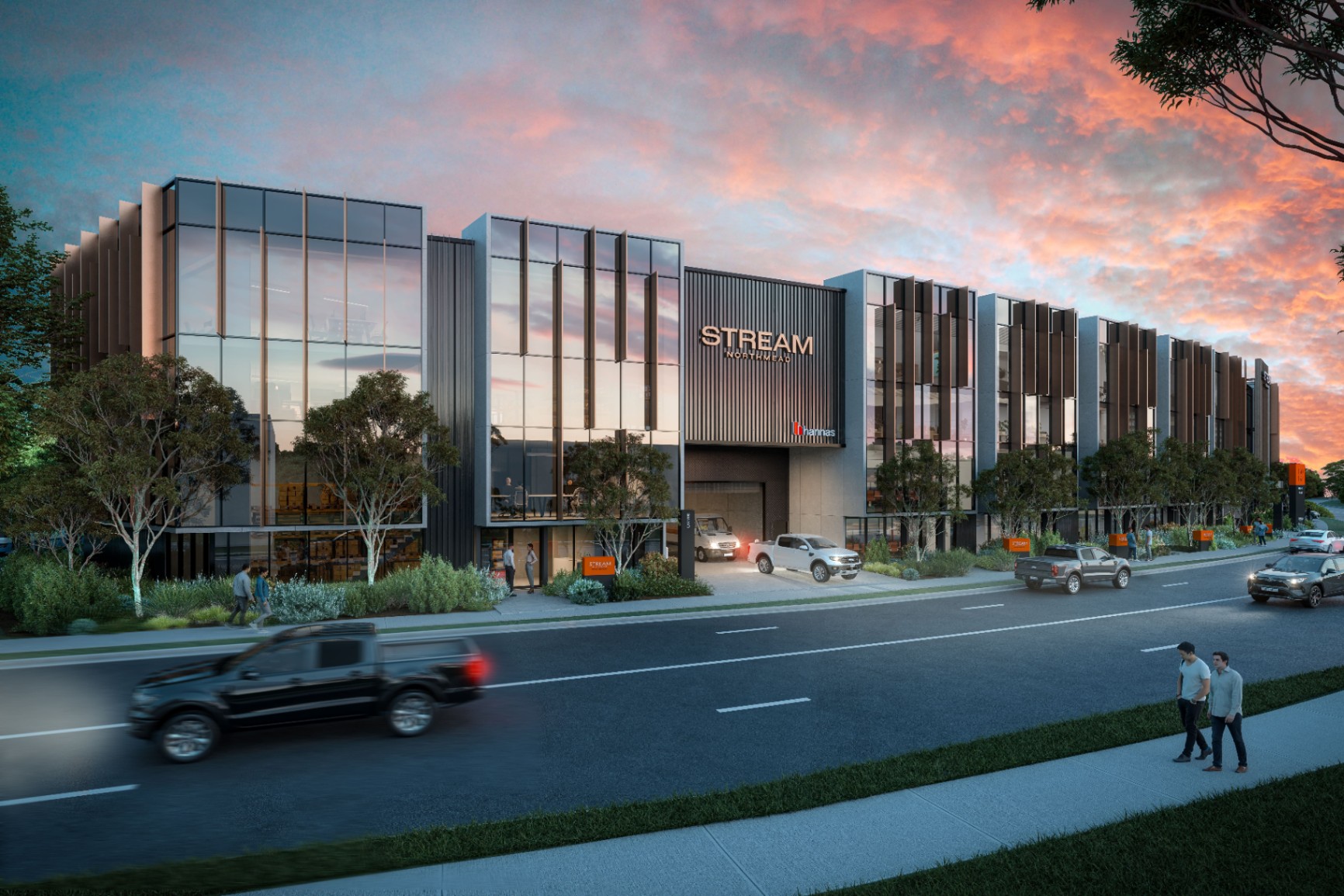Industrial property has become one of the most attractive investment classes in recent years. With demand for warehouses, logistics hubs, and storage facilities increasing across metro areas, investors are now looking closely at the potential return on investment (ROI). Whether you are a first-time property investor or expanding your portfolio, understanding how industrial spaces perform is essential for long-term success.
Metro areas across Australia are experiencing strong demand for industrial property. Factors driving this growth include:
These forces make industrial assets in metro areas attractive, both for stable rental income and capital growth.
 Coposit | Buy with $20K | Industrial property investment in Sydney
Coposit | Buy with $20K | Industrial property investment in Sydney Stream Northmead | 185 - 441 m² | Secure with $20k and $1,890 x 29 weeks
ROI, or return on investment, measures the profitability of your property purchase. In the context of industrial spaces, ROI considers both rental yield and long-term capital appreciation. Unlike residential property, industrial assets often provide higher yields and longer lease terms, making them appealing for investors looking for predictable returns.
 Coposit | Buy with $20K | Industrial property investment in Sydney
Coposit | Buy with $20K | Industrial property investment in Sydney Rockwater Brookvale | 99 - 266 m² | Secure with $20k and $7,350 x 5 weeks
Industrial properties in metro locations frequently generate rental yields between 5% and 7%, depending on location and tenant profile. This is stronger compared to the 2% to 4% yields commonly seen in residential properties. For investors, these higher returns make industrial assets a practical option for diversifying their portfolios.
Location plays a major role in ROI. Properties close to major highways, ports, and airports attract premium tenants. In metro Sydney, Melbourne, and Brisbane, the scarcity of land zoned for industrial use further drives up both rental income and property values. Proximity to urban centres ensures consistent demand from logistics, retail, and manufacturing businesses.
 Coposit | Buy with $20K | Industrial property investment in Sydney
Coposit | Buy with $20K | Industrial property investment in Sydney Stream Northmead | 185 - 441 m² | Secure with $20k and $1,890 x 29 weeks
Like all property investments, industrial spaces come with risks. Investors should be aware of:
Balancing risk with careful due diligence helps protect ROI in the long term.
Residential property often appeals to first home buyers and smaller investors, but the ROI profile is different. While industrial property offers higher yields, residential property usually benefits from broader demand and liquidity. Investors looking at metro areas should consider mixing both asset types to balance growth and income.
 Coposit | Buy with $20K | Industrial property investment in Sydney
Coposit | Buy with $20K | Industrial property investment in Sydney Rockwater Brookvale | 99 - 266 m² | Secure with $20k and $7,350 x 5 weeks
For buyers looking to enter the property market, affordability is often a challenge. Coposit makes it easier to access opportunities, including developments that feature storage or mixed-use spaces. With Coposit, you can secure a property with just a $10,000 deposit and pay the rest through manageable weekly instalments. This unique model allows investors to build their portfolio sooner and potentially include industrial property in their strategy.
Understanding ROI in industrial property is about more than just numbers. It is about identifying high-demand locations, securing reliable tenants, and balancing risks. For investors targeting metro areas, industrial spaces can be a powerful tool for wealth creation. With the right strategy, these assets deliver strong yields, stable cash flow, and capital growth.
Industrial spaces in metro areas continue to show strong ROI potential. For investors willing to research the market and focus on key factors like location, lease terms, and tenant quality, the rewards can be significant. As demand for industrial property grows, these assets will remain a key part of smart property investment strategies.
Share this article
© 2025 Copyright Coposit.
